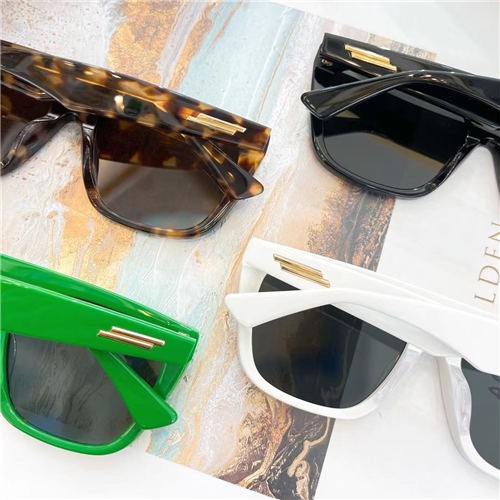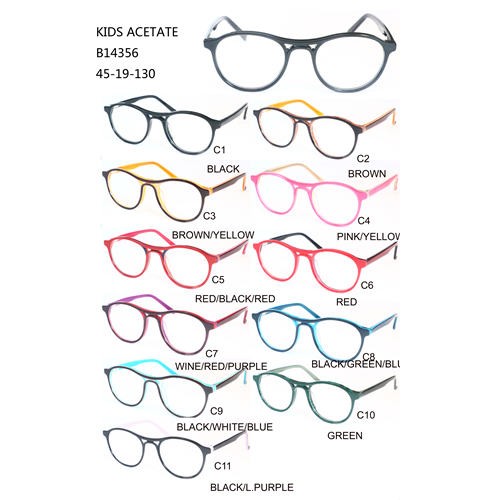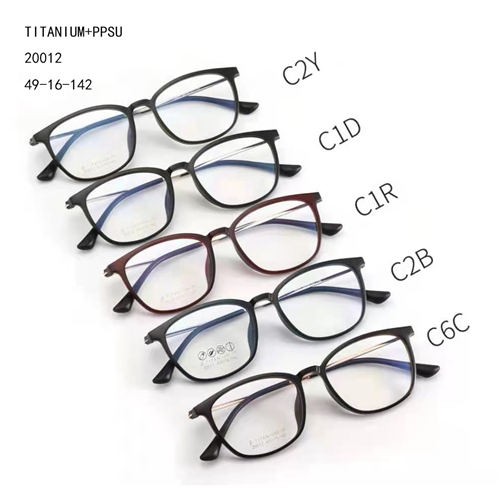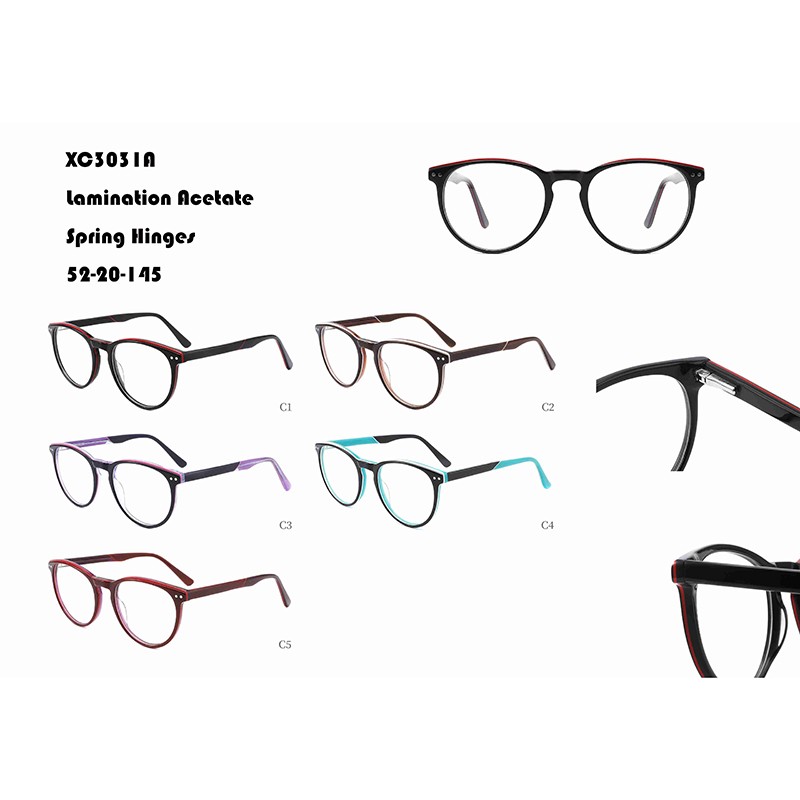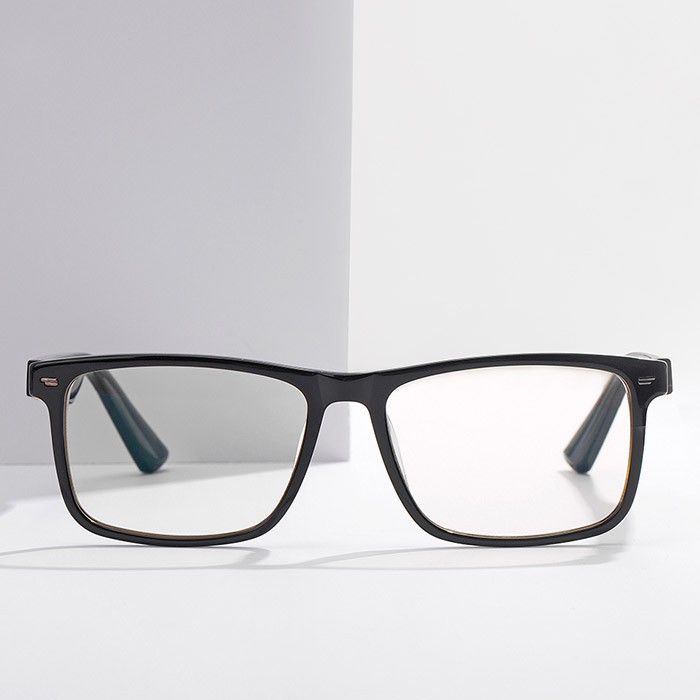Special Acetate Eye Sunglasses Colorful Fashion BV210610
MOQ:
In stock 100pcs/per model ( ready goods , can print your logo )
Order:600cs/per model (OEM/ODM can be accepted)
PAYMENT :
Ready goods : 100% T/T advance ;
Order : 30% T/T advance +70% T/T before shippment Or LC at sight .
DELIVERY TIME :
Ready goods : 7-30 days after receipt of payment ;
Order : 30-100 days after receipt of payment .
SHIPPING :
By air or sea or express ( DHL / UPS / TNT / FEDEX )
How to choose and wear sunglasses?
Sunglasses are also called sunshades. In summer and plateau areas, people often wear sunglasses to avoid being stimulated by strong light and blocking the damage of ultraviolet rays to the eyes. With the improvement of living standards, people cherish their eyes more and more. In sunlight, ultraviolet rays are harmful to the eyes. The content of ultraviolet rays in the sun’s rays reaching the earth’s surface accounts for about 7%. The cornea and lens of the human eye are ocular tissues that are susceptible to UV damage. Cataract is an ophthalmic disease closely related to ultraviolet rays. Ophthalmic diseases such as solar keratitis, corneal endothelial injury, eye macular discoloration, and retinitis are all related to ultraviolet rays. Qualified sunglasses have the function of blocking ultraviolet and infrared rays. Therefore, it can be said that wearing sunglasses in summer is one of the effective means to protect the eyes from ultraviolet rays.
Sunglasses are generally divided into two categories: light-colored and dark-colored, and consist of a variety of colors. To judge the quality of sunglasses, the focus should be on several technical indicators such as vertex power and prism power, transmittance ratio characteristics, surface quality and internal defects, assembly accuracy and shaping requirements.
A good pair of sunglasses can shade and decorate your exterior. But in the market, the actual situation is not optimistic. Some traders forget about profit, take advantage of consumers’ lack of understanding of the quality of sunglasses, and use low-quality, low-priced window glass or other inferior materials to make glasses. These materials have poor uniformity, contain streaks, bubbles and other impurities, cannot block ultraviolet rays, and do not meet the physiological requirements of the human eye. What’s more, the use of inferior plastic sheets with very low visible light transmittance but high ultraviolet transmittance to make sunglasses will cause harm to consumers.
How to choose and wear sunglasses? Experts remind consumers not to only pay attention to the style of sunglasses, but also to their inherent quality. For qualified sunglasses, the transmittance of long-wave ultraviolet rays with wavelengths between 315nm and 380nm should not exceed 10%, and the transmittance of medium-wave ultraviolet rays with wavelengths between 280nm and 315nm should be zero. Wearing this kind of sunglasses can protect the cornea, lens and retina of the eyes from UV damage. Some cheap sunglasses not only cannot filter out ultraviolet rays, but also block the visible light, making the exposure to ultraviolet rays more pronounced. It is better not to wear such inferior sunglasses.
Sunglasses belong to the flat mirror series. According to national standards, sunglasses are only allowed to have a diopter of plus or minus 8 degrees, and beyond this error range is a substandard product. According to the detection of sunglasses on the market by researchers, nearly 30% of the sunglasses have a diopter exceeding the tolerance, and some are even as high as 20 degrees. Experts point out that consumers with normal vision wear this kind of sunglasses, just like wearing a pair of myopia or hyperopia glasses. After a summer, consumers will be “trained” into myopia or hyperopia patients by inferior sunglasses. When you experience symptoms such as dizziness, nausea, and glare after wearing sunglasses, you should stop wearing them immediately.



















